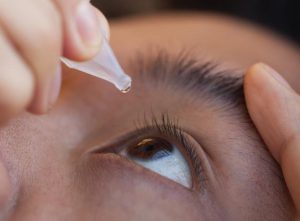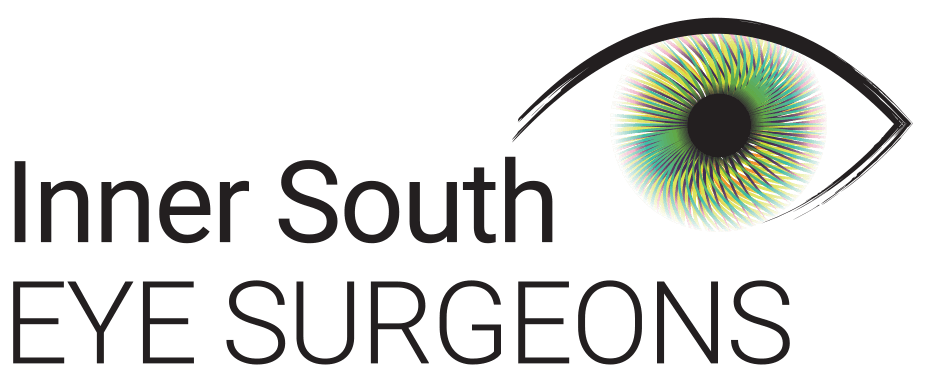SLOWING MYOPIA PROGRESSION
 Myopia, also known as short sightedness, is reaching epidemic proportions in some Asian countries, affecting up to 90% of young adults. About 12% of non Asian Australian school-aged children are thought to be myopic. Once a child becomes myopic, the degree of myopia tends to increase every year.
Myopia, also known as short sightedness, is reaching epidemic proportions in some Asian countries, affecting up to 90% of young adults. About 12% of non Asian Australian school-aged children are thought to be myopic. Once a child becomes myopic, the degree of myopia tends to increase every year.
High myopia is a serious public health problem due to an increased risk of vision-threatening problems, such as retinal detachment, myopic choroidal degeneration and glaucoma.
Why is this happening? Research indicates that progressive childhood myopia is due to a combination of genetic and environmental factors. Children whose parents are myopic are also more likely to be myopic, and children who spend more time indoors (reading, watching television and playing computer games) are more at risk than those who spend more time outdoors.
Treatments to slow progression of myopia
Slowing the progression of myopia could potentially benefit millions of children worldwide. Treatment options such as under- correction of myopia, gas permeable contact lenses, and bifocal or multifocal spectacles have all been proven to be ineffective for myopia control.
The most effective methods are still being debated. Most promising are the use of orthokeratology (OrthoK) contact lenses, soft bifocal contact lenses, and low dose 0.01% atropine eye drops.
Clinical trials by the Singapore National Eye Centre and Singapore Eye Research Institute have shown that low-dose (0.01%) atropine is effective in slowing myopia progression by 50–60% over a two-year period, and with very few, if any, side effects. The effect of low-dose atropine appears to build over time, being better in the second than first year. As it causes minimal increase in pupil size, children do not require tinted or progressive-add glasses.
OrthoK contact lenses also appear to slow eye growth by up to 40% but there is a risk of infection of the cornea that should be considered. We discuss all options and tailor a plan based on the child’s prescription, eye measurements as well as lifestyle.
For further information, please click on the links below:
